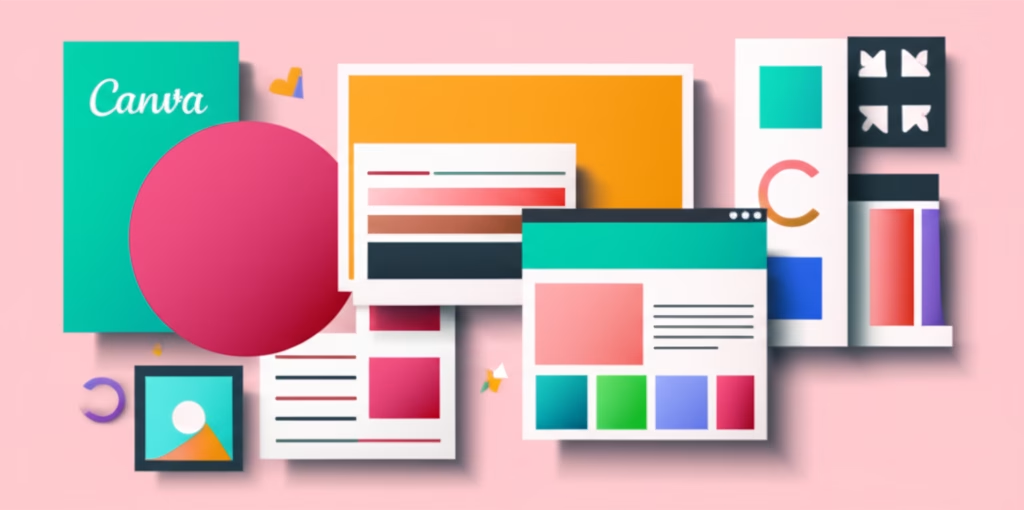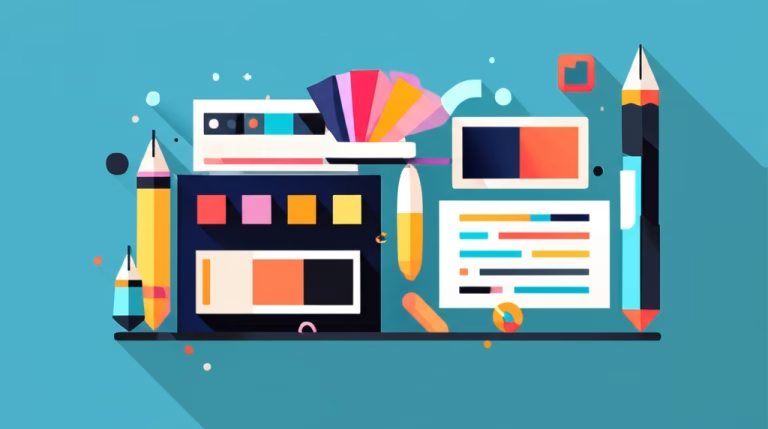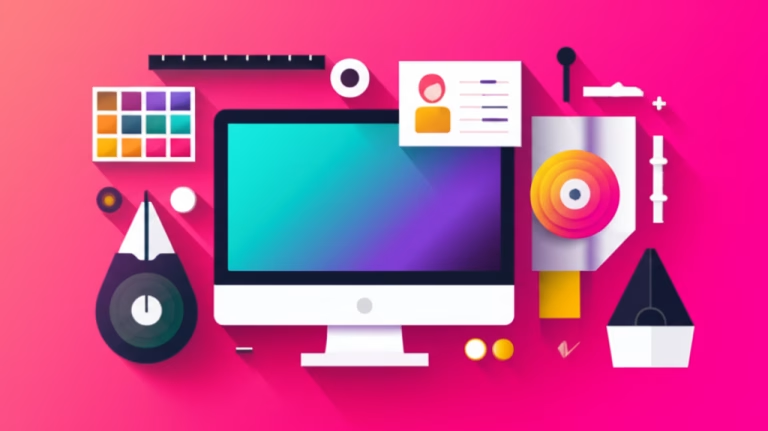Understanding Design Trends for Beginners
Introduction
Feeling overwhelmed by the ever-changing world of design? You’re not alone! As a beginner, it’s easy to get lost in the sea of new styles and fads. But don’t worry, this guide will break down what design trends are, why they matter, and how you can use them to enhance your projects without losing your own unique voice. We’ll explore essential principles, common mistakes, and practical steps to confidently navigate the world of design trends.
What are Design Trends?
Design trends are essentially the popular styles, aesthetics, and approaches that are currently favored in the design world. They reflect changes in culture, technology, and societal values. Think of them as a collective agreement on what looks fresh and appealing at a particular moment in time. These trends can encompass everything from color palettes and typography choices to layout styles, imagery, and even the overall user experience.
Why are Design Trends Important in Design?
Understanding design trends is crucial for several reasons. First, it helps you stay relevant. Using current trends can make your designs feel modern and up-to-date, which is especially important when trying to appeal to a contemporary audience. Second, trends often reflect deeper cultural shifts. By incorporating them thoughtfully, you can connect with your audience on a more meaningful level. Finally, studying trends can inspire new ideas and help you push your creative boundaries. However, it’s important to remember that trends should be used as a guide, not a rigid rulebook. The best designers adapt trends to fit their own style and the specific needs of each project.
Basic Principles/Rules/Tools of Design Trends
While design trends can seem fleeting, they often build upon fundamental design principles. Here are some key aspects to consider:
Balance: A visually balanced design feels stable and harmonious. This can be achieved through symmetrical or asymmetrical arrangements.
Contrast: Using contrasting colors, sizes, or shapes can create visual interest and highlight important elements.
Hierarchy: Establishing a clear visual hierarchy guides the viewer’s eye and ensures that the most important information stands out.
Typography: Choosing the right fonts is crucial for readability and conveying the right tone. Pay attention to font pairings and hierarchy.
Color Theory: Understanding color relationships and how different colors evoke different emotions is essential for creating effective designs.
Whitespace: Don’t underestimate the power of negative space! It can improve readability, create a sense of calm, and draw attention to key elements.
In addition to these principles, several tools can help you stay on top of design trends:
Dribbble & Behance: These platforms showcase the latest work from designers around the world, providing a constant stream of inspiration.
Awwwards: This website curates the best web designs, highlighting innovative and cutting-edge trends.
Design Blogs & Magazines: Websites like Design Milk, Creative Boom, and publications like Communication Arts offer insights into current trends and emerging styles.
Pinterest: Create boards to collect and organize design inspiration, making it easy to spot recurring themes and trends.
Common Mistakes in Design Trends (and How to Avoid Them)
It’s easy to fall into traps when working with design trends. Here are some common mistakes and how to avoid them:
Mistake: Blindly Following Trends
How to Avoid: Don’t adopt a trend just because it’s popular. Consider whether it aligns with your brand, target audience, and the overall goals of the project. Ask yourself, “Does this trend enhance the design, or is it just adding unnecessary fluff?”Mistake: Overusing Trends
How to Avoid: Incorporating too many trends into a single design can make it feel cluttered and overwhelming. Choose one or two trends that resonate with you and use them sparingly to create a subtle yet impactful effect.Mistake: Ignoring the Fundamentals
How to Avoid: Trends should enhance, not replace, fundamental design principles. Make sure your design is still balanced, legible, and user-friendly, even with the addition of trendy elements. A trendy design that’s difficult to use is ultimately ineffective.Mistake: Forgetting Your Audience
How to Avoid: Always keep your target audience in mind. What are their preferences? What kind of design resonates with them? A trend that appeals to one audience may not appeal to another. Research and understand your audience before incorporating any trends.Mistake: Lack of Originality
How to Avoid: Don’t just copy what everyone else is doing. Use trends as a starting point and then add your own unique twist. Experiment with different variations and find ways to make the trend your own. This will help you create designs that stand out from the crowd.Mistake: Neglecting Accessibility
How to Avoid: Ensure that any trends you incorporate are accessible to all users, including those with disabilities. For example, if you’re using a trendy color palette, make sure there’s sufficient contrast between text and background for readability. Always prioritize accessibility over aesthetics.
Step-by-Step: How to Apply Design Trends in Your Projects
Here’s a practical guide to incorporating design trends into your projects:
Step 1: Research Current Trends: Explore design blogs, websites, and social media platforms to identify emerging trends. Pay attention to recurring themes, color palettes, typography styles, and layout techniques. Save examples of designs that you find inspiring.Step 2: Analyze the Trend: Once you’ve identified a trend, take some time to analyze it. What are the key characteristics of the trend? What makes it appealing? How is it being used in different contexts? Understanding the underlying principles of the trend will help you apply it more effectively.Step 3: Determine Relevance: Consider whether the trend is relevant to your brand, target audience, and the specific goals of your project. Does it align with your overall design strategy? Will it resonate with your audience? If not, it’s best to choose a different trend.Step 4: Experiment with Variations: Don’t just copy the trend exactly as you see it. Experiment with different variations and find ways to make it your own. Try using different color combinations, typography styles, or layout techniques. Add your own unique twist to the trend to create a design that stands out.Step 5: Integrate Subtly: Incorporate the trend subtly and thoughtfully. Don’t overwhelm the design with too many trendy elements. Use the trend to enhance the overall design, not to distract from it. Remember, less is often more.Step 6: Test and Iterate: Once you’ve incorporated the trend into your design, test it with your target audience. Get feedback on whether they find the design appealing and effective. Use this feedback to iterate and refine your design. Don’t be afraid to make changes if necessary.Step 7: Document Your Process: Keep track of the trends you’ve explored and how you’ve applied them in your projects. This will help you build a library of design knowledge and improve your ability to incorporate trends in the future. Note what worked well and what didn’t, and use this information to inform your future design decisions.
Frequently Asked Questions (FAQ) about Design Trends
Q: What’s the best way to stay updated on new design trends?
A: Follow design blogs, social media accounts of designers you admire, and explore platforms like Dribbble and Behance regularly. Setting up Google Alerts for keywords like “design trends” can also help.
Q: How can I tell if a design trend is right for my project?
A: Consider your target audience, brand identity, and the overall message you want to convey. If the trend aligns with these elements and enhances the user experience, it’s likely a good fit.
Q: Should I completely overhaul my website every time a new design trend emerges?
A: No, that’s not necessary! Instead of a complete overhaul, focus on incorporating subtle elements of the trend that align with your brand and improve the user experience. Small updates can make a big difference.
Q: What if I don’t like any of the current design trends?
A: That’s perfectly fine! You don’t have to follow trends blindly. Focus on creating timeless designs that are effective and user-friendly. You can always incorporate small, subtle elements of trends that you do find appealing.
Conclusion
Understanding and applying design trends can significantly enhance your design skills and keep your work fresh and relevant. Remember that trends are tools, not rules. Use them strategically to improve your designs, but always stay true to your own style and the needs of your audience. By embracing a thoughtful and informed approach, you can confidently navigate the ever-evolving world of design.



